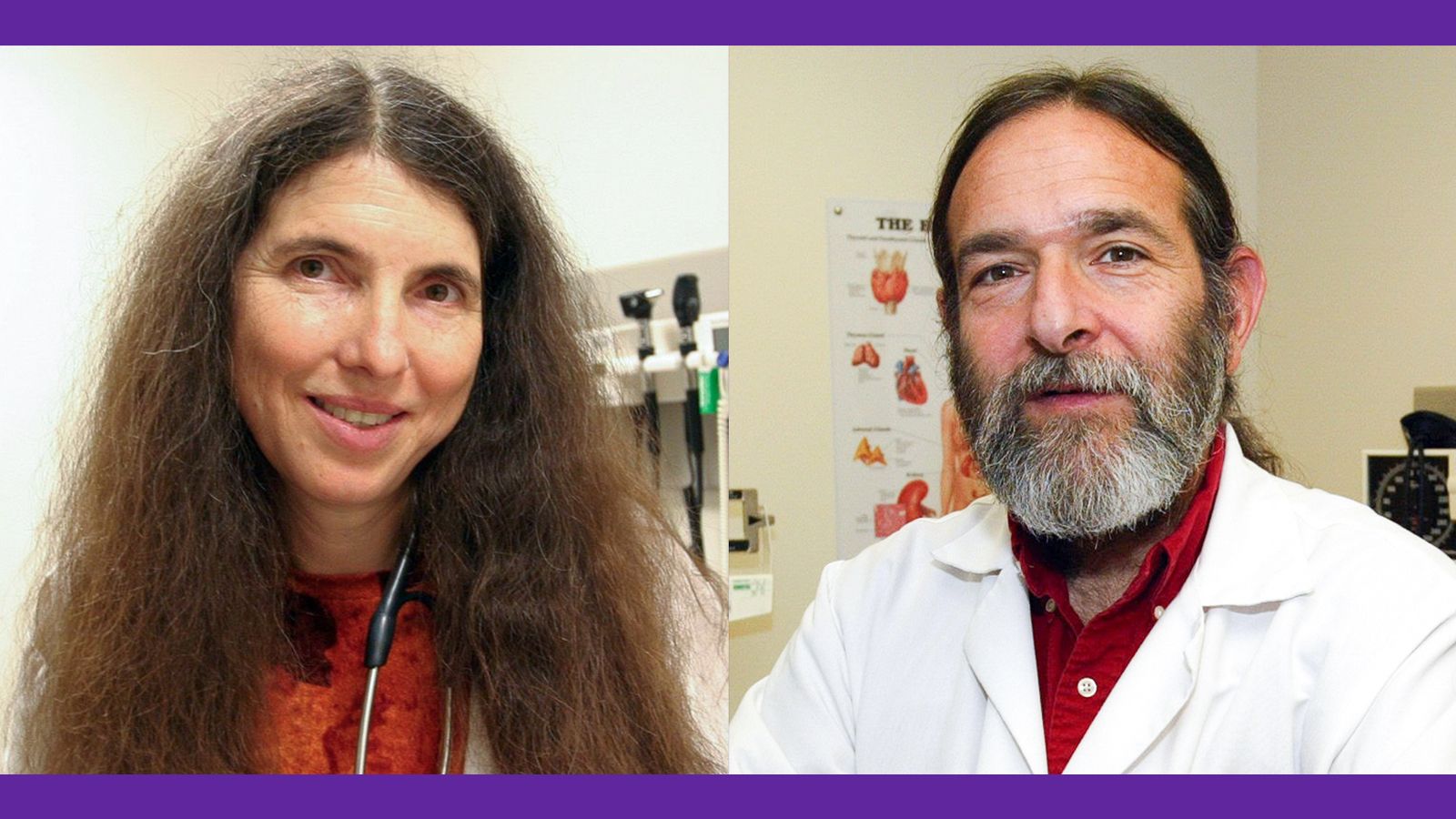An estimated 64,565 girls and women have become pregnant from rape since their home states banned abortions, according to an eye-opening new study by Hunter College and other researchers.
And many of those girls and women have likely been forced to give birth to their rapists' offspring.
None of the 14 states banning abortion — including the five with “rape exceptions” — has allowed more than 10 abortions in any month since the U.S. Supreme Court overturned the constitutional right to abortion a year ago. So even when a state purports to have a “rape exception,” those exceptions haven’t helped victims of the crime.
“Rapists hijack women’s bodies and rob them of control of their own lives,” said Dr. Steffie Woolhandler, a distinguished professor at Hunter and CUNY who also holds a post at Harvard Medical School. “Through abortion bans, politicians add government control of women’s bodies, prolonging the trauma of rape for months and even years.”
The study in JAMA Internal Medicine was carried out by senior author Woolhandler; her partner, Dr. David Himmelstein, also a distinguished Hunter prof and Harvard Medical School faculty member; and researchers at Resound Research for Reproductive Health, and The University of California, San Francisco.
Using survey and crime report data from the Centers for Disease Control, the FBI, and the Bureau of Justice Statistics, the authors found that 519,981 reproductive-aged girls and women aged 15-45 had survived vaginal rape in those states since abortion bans took effect. They then determined the pregnancy rate from rape to yield the number of pregnancies.
The researchers estimated that in the nine states that ban abortions even for rape-caused pregnancies, 58,979 rape survivors have become pregnant. Another 5,586 rape-caused pregnancies occurred in the five abortion-ban states with exceptions for rapes reported to the police, but few or no abortions have happened in those states.
“I think, frankly, those are window dressing exceptions,” Himmelstein told NBC News. “They're not actually exceptions ... [that are] effective in making abortion available in cases of rape.”
The largest number (26,313) of rape-caused pregnancies occurred in Texas, which has no rape exception. Other states with large numbers of rape-caused pregnancies included Missouri (5,825 pregnancies), Tennessee (4,993), Arkansas (4,655), Oklahoma (4,529), Louisiana (4,287) and Alabama (4,130).
The authors note that, while some pregnant survivors of rape may be able to travel to states where abortion remains legal or self-manage an at-home abortion, abortion bans leave many survivors “without a practical alternative to carrying the pregnancy to term.”
“A massive human tragedy is playing out daily across the U.S.,” said the study’s lead author, Dr. Samuel Dickman, a researcher at CUNY’s Research Foundation and the chief medical officer at Planned Parenthood of Montana. “The Supreme Court’s decision is heaping additional punishment on tens of thousands of girls and women who have survived rape. Politicians use rape exceptions to provide political cover, but those exceptions don’t actually help survivors.”


